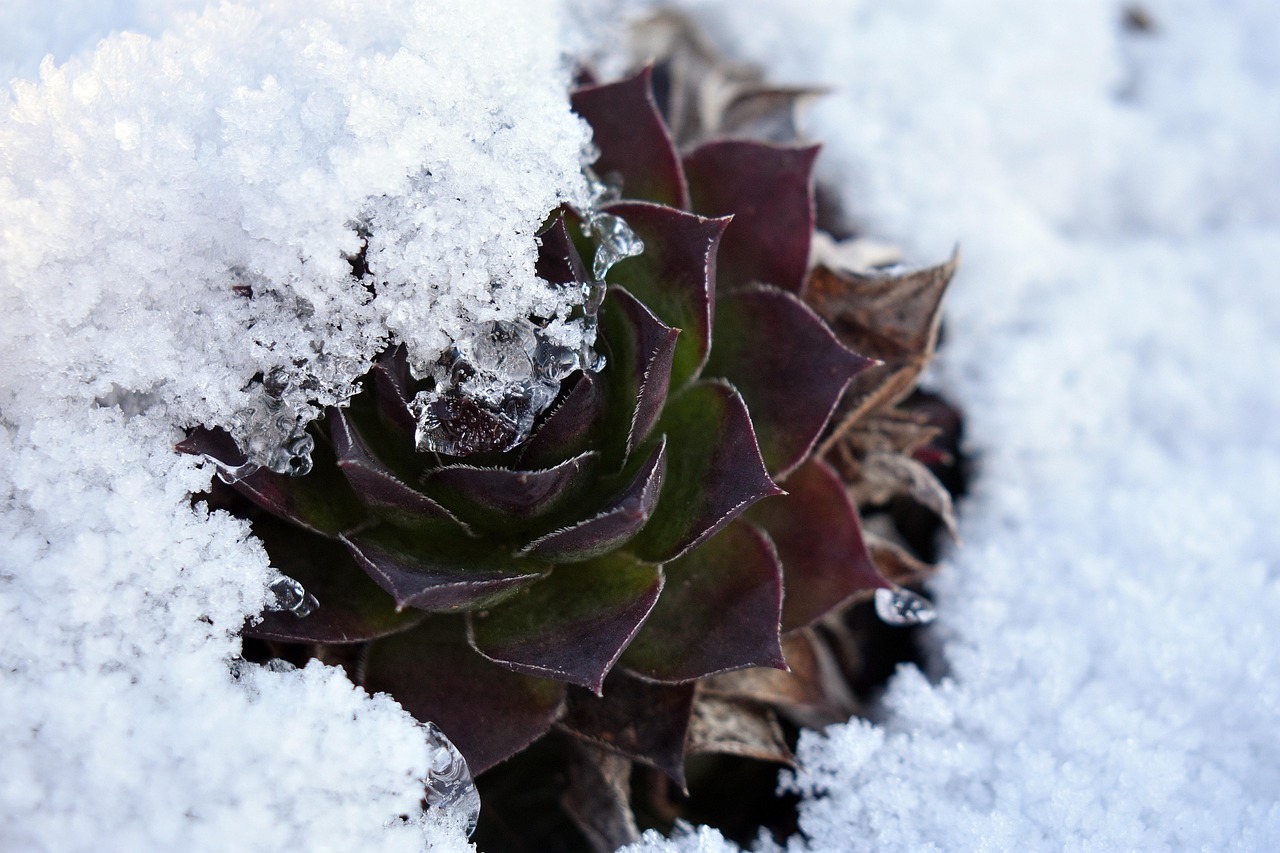Cold Hardy Succulents
If you think succulents can only survive in warm, dry places, you may be surprised. Many types of succulents can handle cold winters, frost, and even some snow, making them a strong choice for your outdoor garden all year long. These tough plants can thrive in chilly climates and add color and texture to your landscape when many other plants can’t.
You can choose from a wide variety of cold hardy succulents, such as Sedum, Sempervivum, Agave, and ice plants. Some of these can survive temperatures as low as -20°F, making them perfect if you live in a region with harsh winters. Knowing which succulents can handle the cold will help you grow a beautiful, worry-free garden, no matter how cold it gets outside.
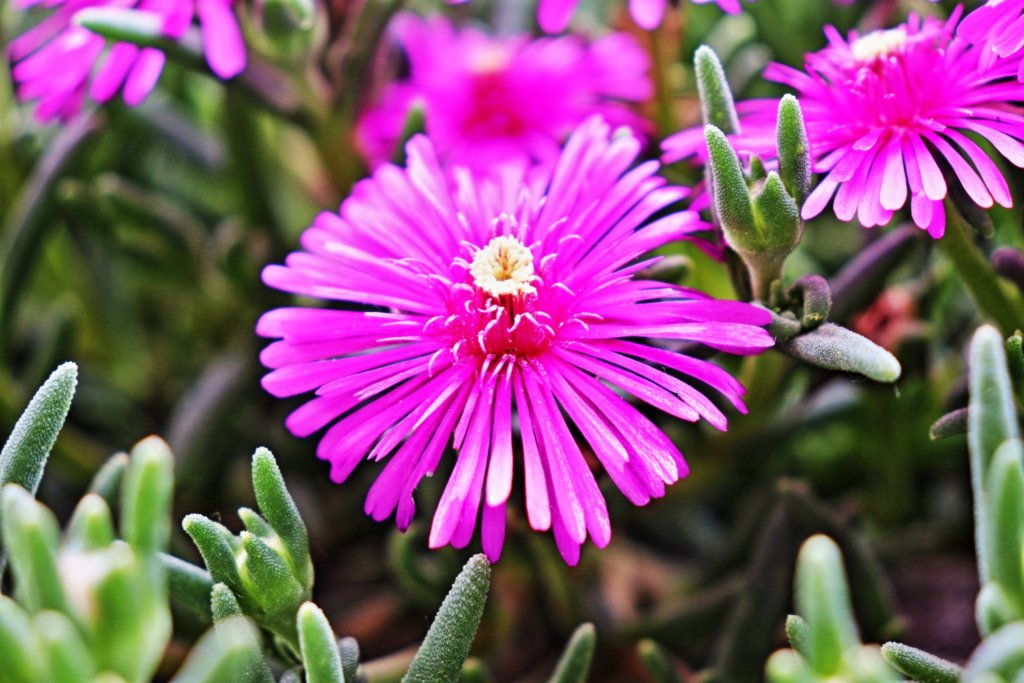
What Are Cold Hardy Succulents?
Cold hardy succulents are a group of tough plants that survive harsh winters and freezing temperatures. These succulents do well outdoors in regions with snow and frost. Learning how they handle the cold and what sets them apart will help you choose the right plants for your climate.
Defining Cold Tolerance in Succulents
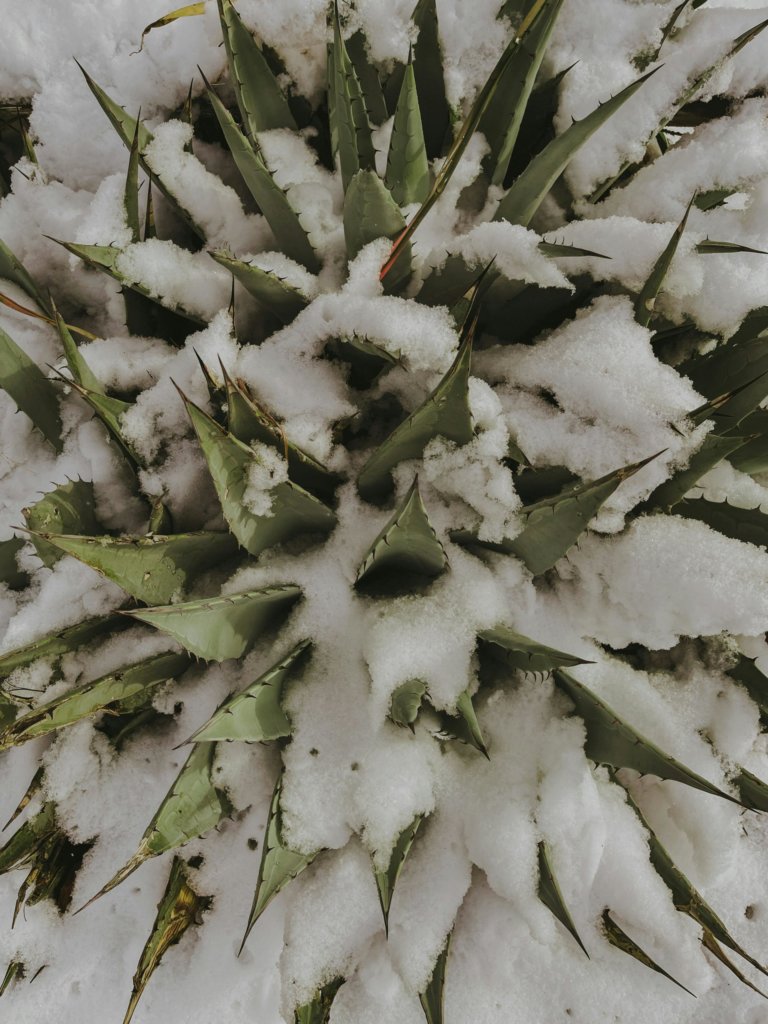
Cold tolerance in succulents refers to their ability to survive below-freezing temperatures. While most succulents prefer warmth, cold-hardy varieties can withstand temperatures as low as -20°F (-29°C) or lower.
These plants come from areas with frost and snow, like the mountains or northern climates. Examples include Sempervivum (hens and chicks), Sedum (stonecrop), and some types of Agave.
Not all succulents are cold hardy. Pay attention to USDA hardiness zones when picking plants for your area. Cold tolerant succulents often thrive in zones 3-9, making them a good fit for many parts of North America and Europe.
Adaptations for Surviving Freezing Temperatures
Cold-hardy succulents have special features that help them survive winter. Many produce thick, waxy leaves that hold moisture and reduce water loss. Some contain natural sugars or antifreeze compounds in their sap. These stop ice crystals from forming inside the leaf cells, protecting the plant from damage.
Many of these plants grow close to the ground, which shields them from harsh winds and keeps them warmer. Some, like Sedum, have shallow roots that soak up moisture quickly before the ground freezes. Their leaves may also change color in the cold, often turning red or purple, to reduce sun damage from the winter sun.
With these strategies, cold hardy succulents are able to survive months of snow and ice.
Common Misconceptions About Cold Hardy Succulents
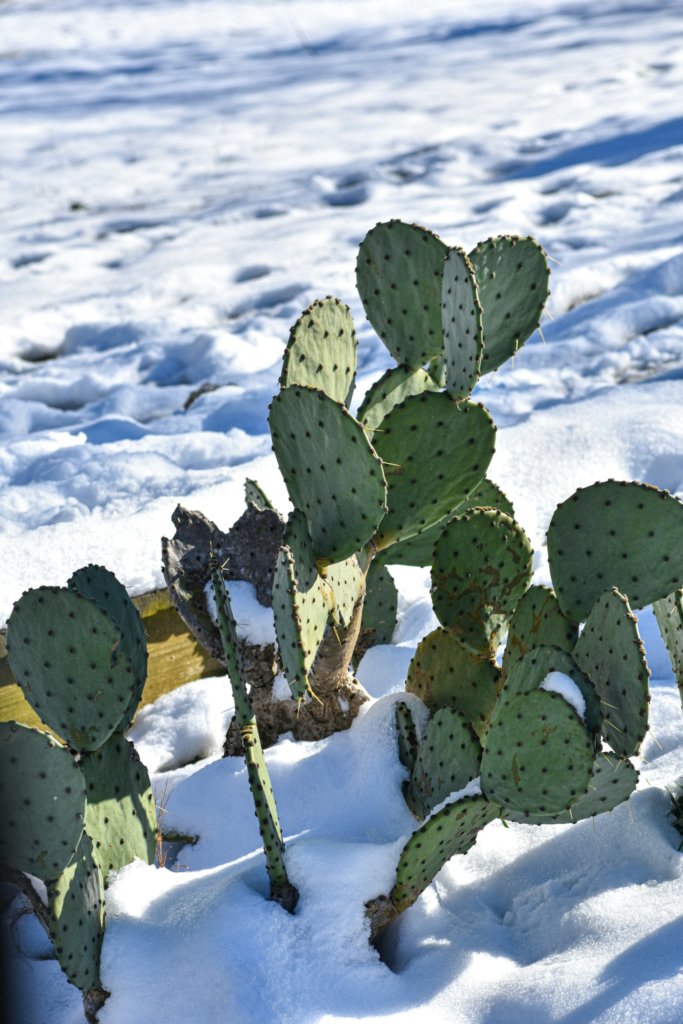
A big myth is that all succulents can tolerate cold because they are tough and drought tolerant. This is not true. Many popular types, such as Aloe and Echeveria, will die if exposed to frost.
Another mistake is thinking cold-hardy succulents don’t need any protection in all winter conditions. While hardy succulents can handle cold, they may still rot if left in wet or poorly drained soil. Using sandy soil helps prevent root rot during wet, cold months.
Some believe cold-hardy succulents grow slowly or stop being attractive in winter. In fact, many of these plants change colors and look even more vibrant after frost, adding interest to your winter garden.
Best Cold Hardy Succulent Varieties
Some succulents can survive freezing weather and add texture and color to your outdoor spaces all year. By choosing the right types, you give your garden a strong chance to look lively even in cold climates.
Sempervivum: Hens and Chicks
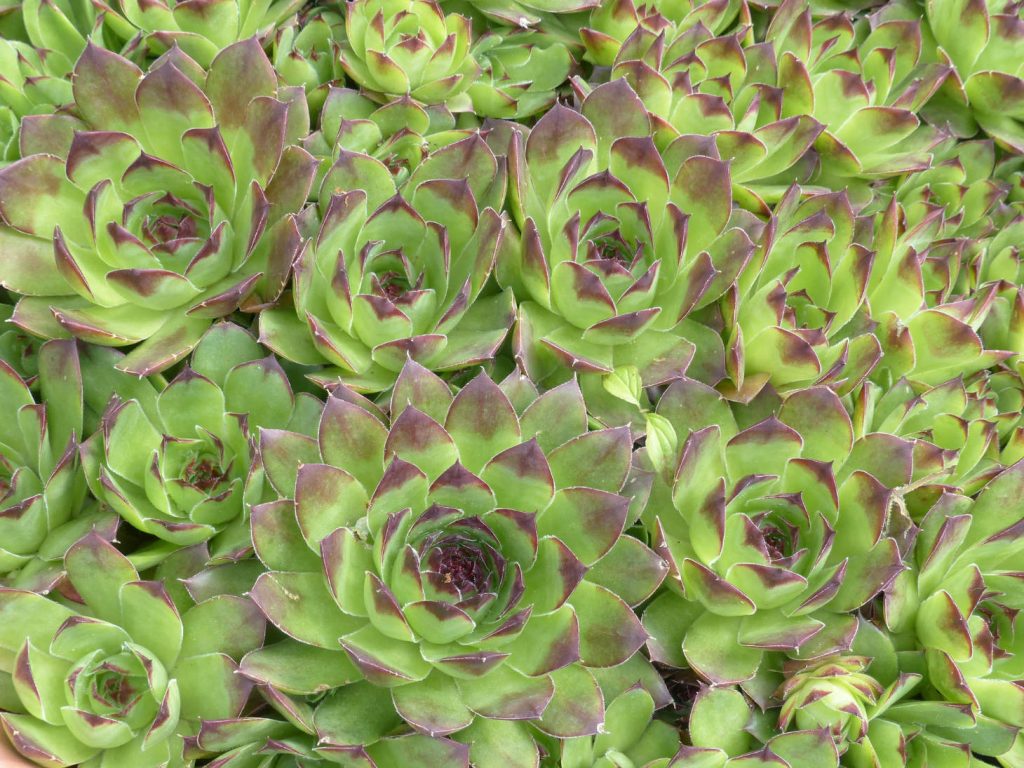
Sempervivum, often called hens and chicks, are one of the most popular cold hardy succulents. They grow in compact rosettes and multiply by producing small offsets, known as chicks, around the main plant. These succulents can survive temperatures as low as -30°F (-34°C), making them suitable for even very cold USDA zones.
Sedum: Stonecrop
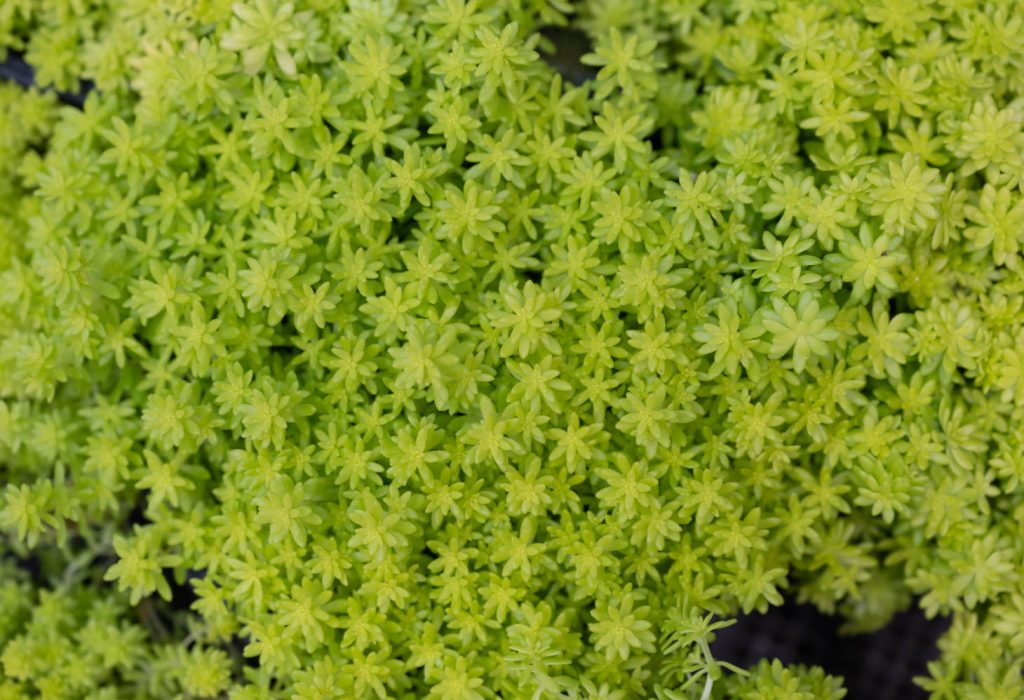
Sedum, also known as stonecrop, includes many cold-hardy species and varieties. These succulents thrive in USDA zones 3-9, depending on the type. Sedum spurium and Sedum reflexum are two standout stonecrops known for their hardiness and spreading habit.
Cold-Hardy Cacti and Ice Plants
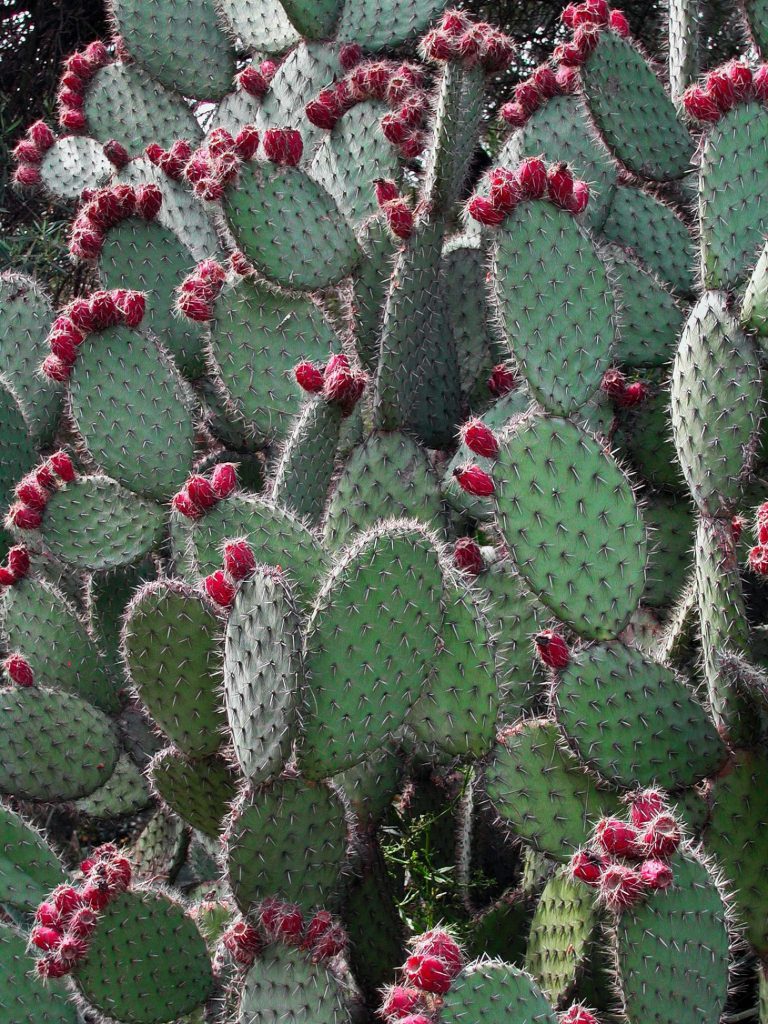
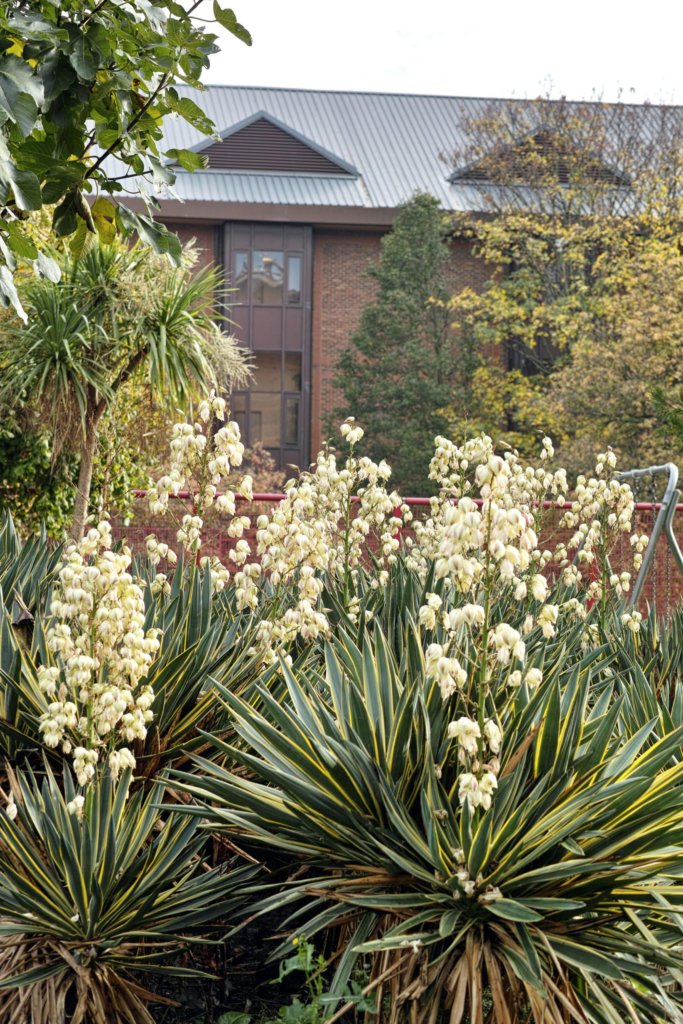
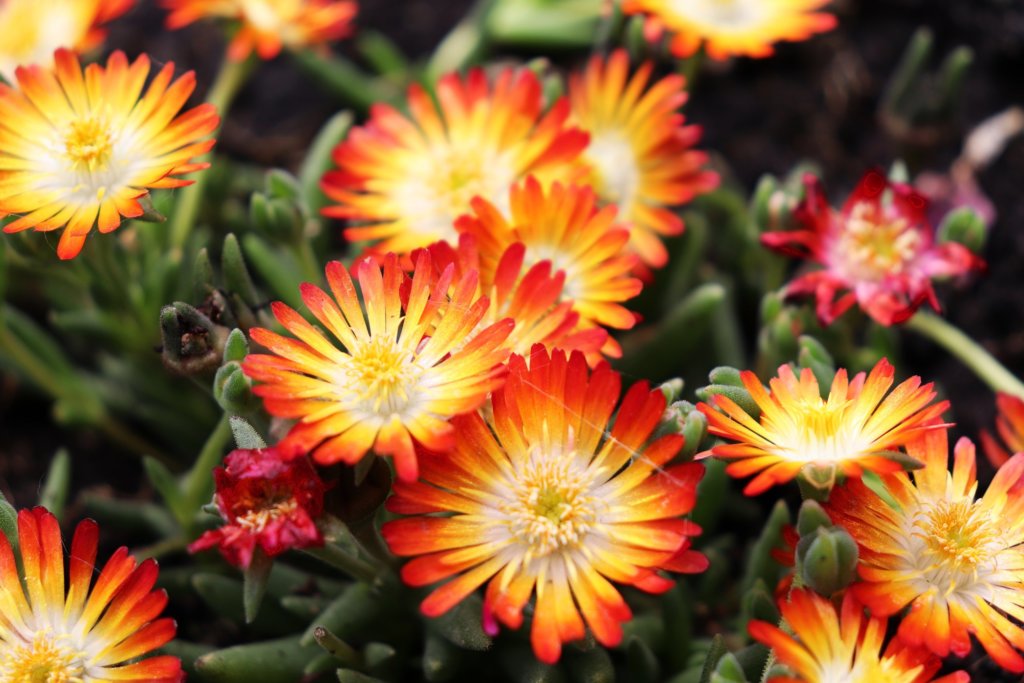
Some cacti and ice plants thrive in freezing temperatures and even snowy conditions. Opuntia (prickly pear cactus) is well-known for its cold resistance, with certain species growing as far north as Canada. These cacti can survive temperatures as low as -30°F (-34°C) and offer pads and colorful flowers in summer.
Echinocereus and Yucca are other good options for cold climates and add shapes and structure to your garden. Hesperaloe parviflora offers red flower spikes, and Agave parryi (Parry’s agave) boasts blue-green rosettes that can handle frost.
Delosperma (ice plant) is a cold-hardy succulent that grows well as ground cover and produces vivid flowers. It can handle temperatures as low as -20°F.
Unique and Rare Cold Hardy Succulents
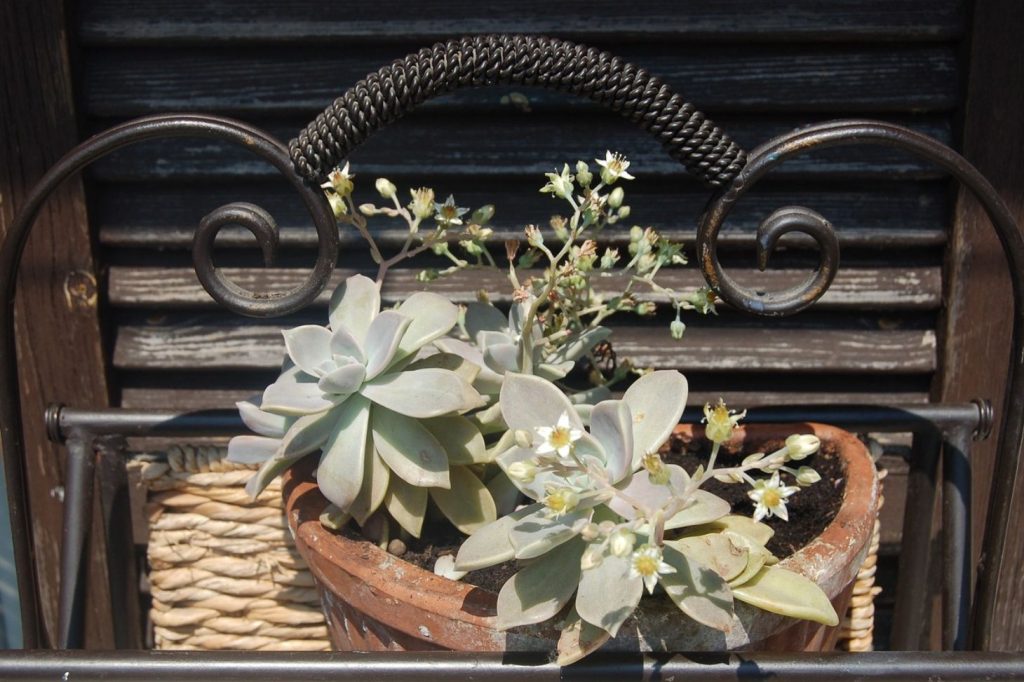
If you are looking for something different, some less common succulents bring variety and interest to cold gardens. Rosularia and Jovibarba are closely related to Sempervivum, offering small rosettes and unique textures. Orostachys resemble miniature pagodas and hold up well in rock gardens.
Lewisia stands out with its showy flowers and grows well in cooler climates. Graptopetalum has thick, pastel leaves and is more cold-hardy than most echeverias. While true Echeverias usually need warmer winters, a few species may survive in sheltered outdoor spots or with protection.
Euphorbia rigida is a shrubby succulent with yellow blooms, and Aloe and Euphorbia varieties may also survive mild frosts if kept dry. By exploring rare types, you can create a cold-hardy succulent garden that is truly distinctive.
Frequently Asked Questions

Some succulents can survive temperatures well below freezing. Several types are specially adapted for cold weather and can keep growing outdoors in winter if given the right care.
What are some examples of succulents that can survive low temperatures?
You can find hardy options such as Sempervivum (also called “Hens and Chicks”) and several Sedum varieties. These succulents can often survive snow and cold, making them good picks for outdoor gardens in colder regions.
Which succulents are most resistant to cold weather conditions?
Sempervivum species are among the most reliable for cold resistance and can usually handle freezing temperatures. Some types of Sedum are also very tough, especially those with thick leaves. These are often grown in rock gardens or even used for green roofs in chilly climates.
How can one protect succulents during frost and cold spells?
If you expect frost, cover your succulents with a frost cloth or an old sheet at night. Make sure the soil drains quickly and stays mostly dry, since wet soil combined with cold leads to root rot. If your succulents are in pots, you can also move them to sheltered spots or indoors.
Are there any succulents that can thrive in USDA Zone 5?
Yes, a number of Sempervivum and some Sedum species can live in USDA Zone 5. These types can usually survive winter lows in the range of -20 to -30°F. Just make sure the spot you plant them drains well to reduce the risk of rot during wet or icy weather.
What is the ideal care regimen for succulents in cooler climates?
In cold areas, plant succulents in soil that drains very quickly. Water only when the soil is dry and hold off on watering right before a freeze. Remove any dead leaves and give them as much sunlight as possible, especially during short winter days.
What are the temperature limits for cold hardy succulents?
Most cold hardy succulents can survive down to about -20°F, and some even lower. While a few can take short periods of extreme cold, it’s important to keep them dry when temperatures drop. Avoid exposing less hardy types to frost, as they can get damaged below 32°F.

